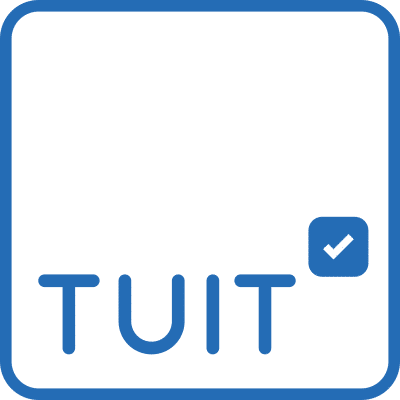Imagine we merely decided to make an aircraft without any thought for the design of the engine, aerodynamics or instrumentation. Chances are pretty high that it will never get off the ground, much less start.
The same rings true for an online course. Course designers should be planning the content structure, optimum layout as well as the logical progression of consumption beforehand.
Where does one begin this process?
Establishing who your student is and how to best talk to them is the first consideration. Once we have a clear picture of their needs which include their level of internet readiness, age group and education, we can look at the design of the course.
Perhaps at this point you would rather discuss the option of having the content conversion staff at Tuit assist with converting your course?
Course design considerations
Let’s look at the planning of the course. What do you need to know before starting the conversion of the course:
- Consider the time frame of the course.
- Recognize who your students are and plan around their specific needs.
- Identify any situational constraints eg available study time.
- Articulate your learning objectives and document.
- Identify how the student is to be assessed for content knowledge.
- Identify appropriate instructional strategies.
- Plan your course content and schedule.
- Write the course syllabus.
- Select or create a design template – keep in mind colour schemes that work well for online consumption.
How does Tuit develop an Online Course?
At Tuit, we have developed a 15 Step Process we refer to as the Content Development Process (CDP) which guides the user through several critical elements of an online course, including text, modules, templates and QAD’s (quizzes, assignments and discussions) to name a few.
These 15 steps are broken into 3 stages of content ‘readiness’. These three stages are:
- Online ready
- Publish ready
- Commercially ready
(Look out for one of our upcoming blogs in which we describe these three stages and how you can use them to grade your course readiness. These stages can even be used for costing and development analysis purposes).
We pride ourselves in the understanding of thorough planning to create a course which is well-balanced in both design and student usability.
Feel free to to discuss our CDP process in greater detail and how it can be used to the benefit of your course material.



